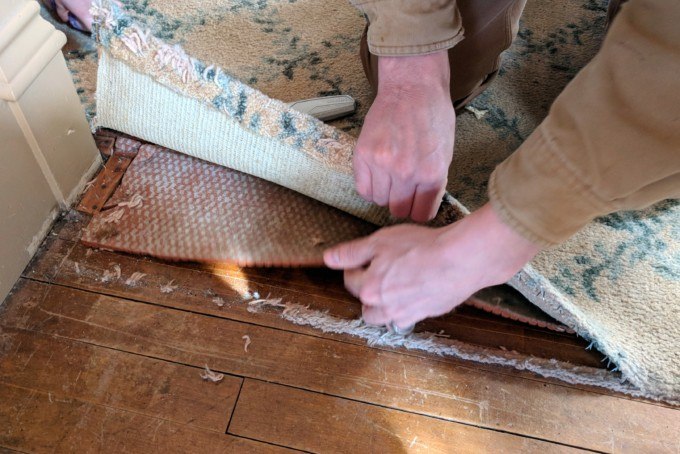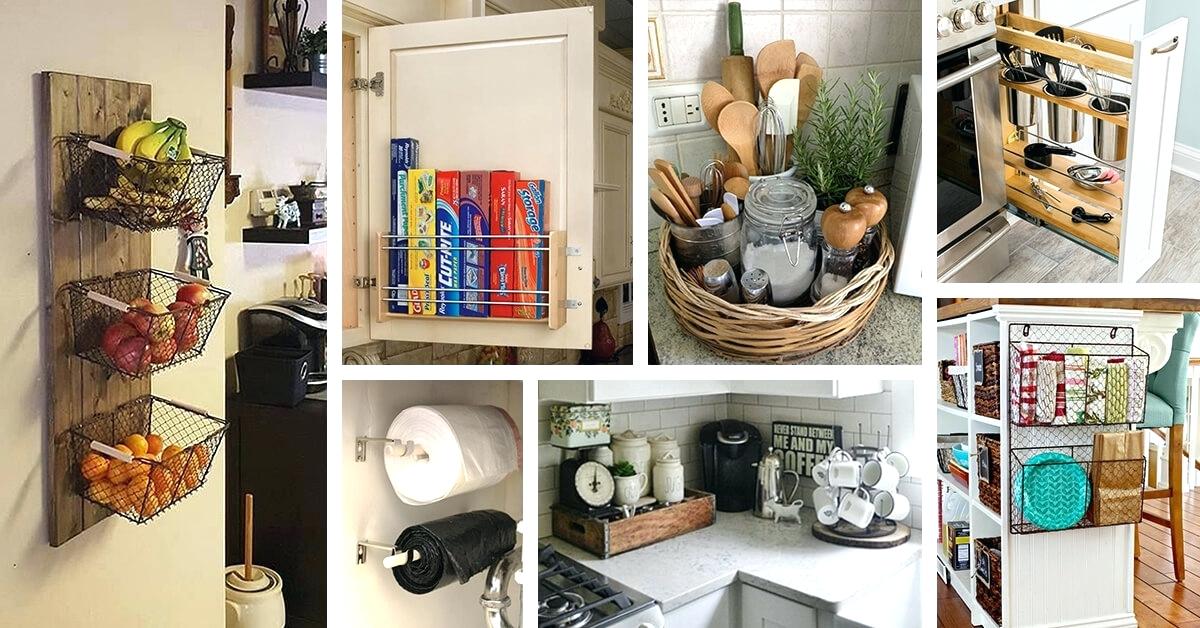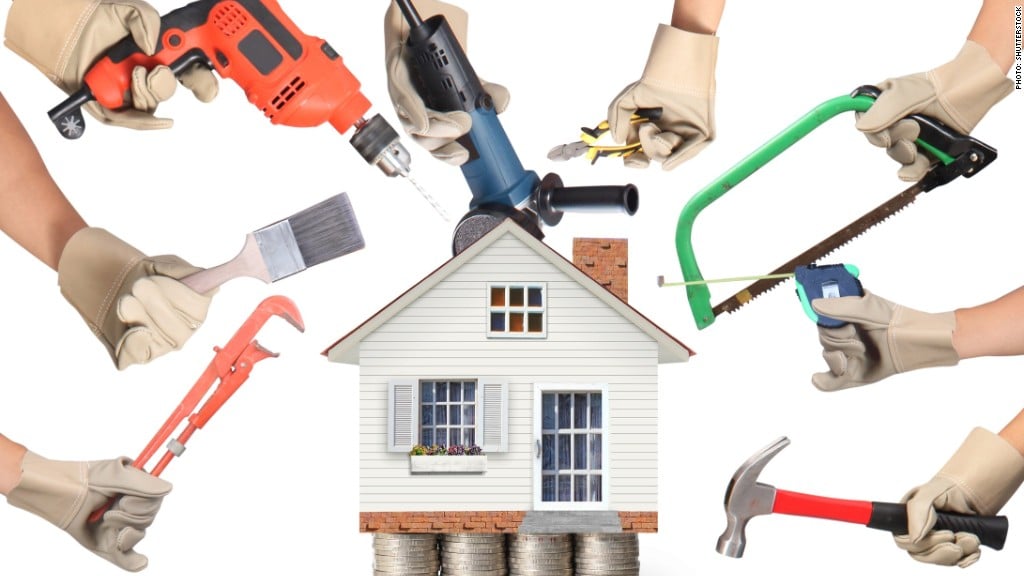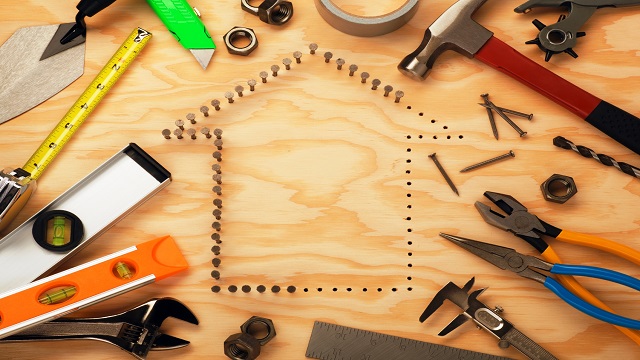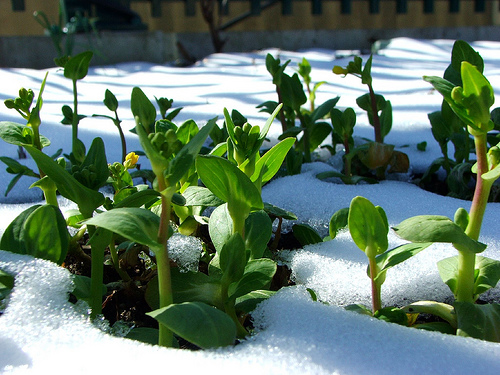What Shouldn't Be In Your Garage
Our garages aren’t serving their original purpose these days--very few Americans use their cars specifically for parking their cars. We use them for storage, however, and while it makes sense to stash things in there, out of the way and seen only when we have to go in the garage, it’s still more convenient to get there than it is the attic. But as sensible as it may seem, there are some items that shouldn’t be kept in the garage.
-
- Wooden furniture should be kept somewhere that’s protected from temperature changes and humidity. Unless your garage is climate-controlled, keep it in a spare room inside the house, or give it away.
-
- Propane tanks should be stored outside, on a flat surface, away from anything that can spark. If you have tanks inside your garage, and the valve begins to leak, it can be deathly.
-
- Work cloths that have oily residue on them should be treated with great care, as they can spontaneously combust. The Family Handyman suggests that oily rags should be air-dried and stored inside a metal container.
-
- Firewood is an attractant for pests, and as convenient as it may be to keep it close by in the garage, it’s best to keep most of it at least twenty feet from the house. Bring in only what you’ll need for a day.
-
- Paint is highly flammable, and can be rendered useless in a garage, where temperatures can be extreme. Check for manufacturer's recommended temperatures on the can, and store accordingly.
-
- Canned food should be stored at room temperature, so if you find your pantry overflowing, donate extra to a food pantry. Keeping it in fluctuating temperatures can cause spoilage, or freezing and thawing could affect the quality of the food.
-
- If you have a second refrigerator in your garage, it’s wonderful for extra food storage. However, a fridge that isn’t manufactured to stand extreme temperatures can fail, leaving you with a mess and ruined food. Garage kits for refrigerators can be found at hardware stores and online, and will make your extra storage more efficient.
Cleaning out the garage can be a monumental task, but if you have any of these items stored there, you need to get them out and stored properly. Keeping your home and family safe should be the highest priority, and no amount of hard work is worth the risk of losing either.
Courtesy of New Castle County DE Realtors Tucker Robbins and Carol Arnott Robbins.
Photo credit: napomichigan.com
